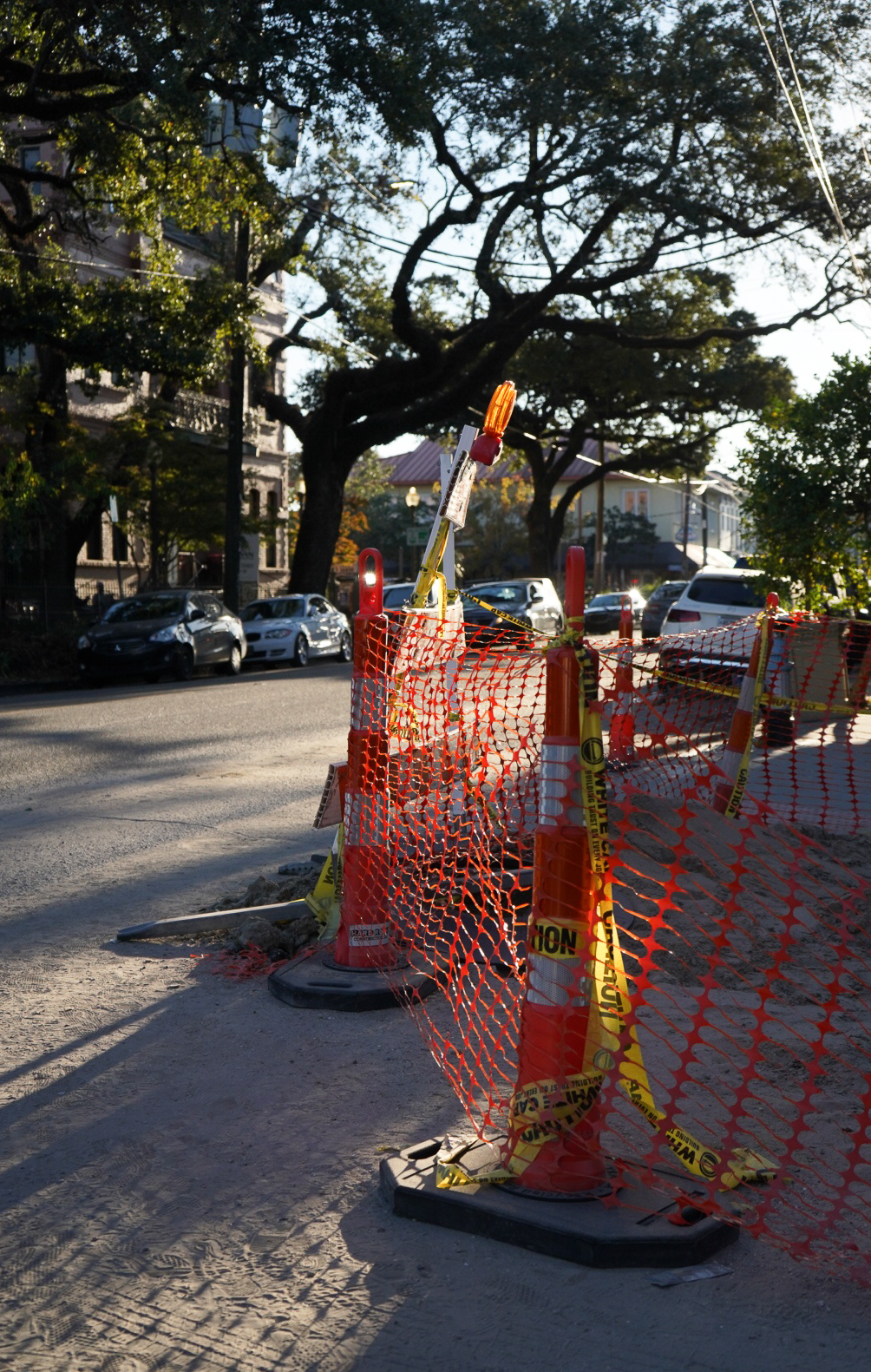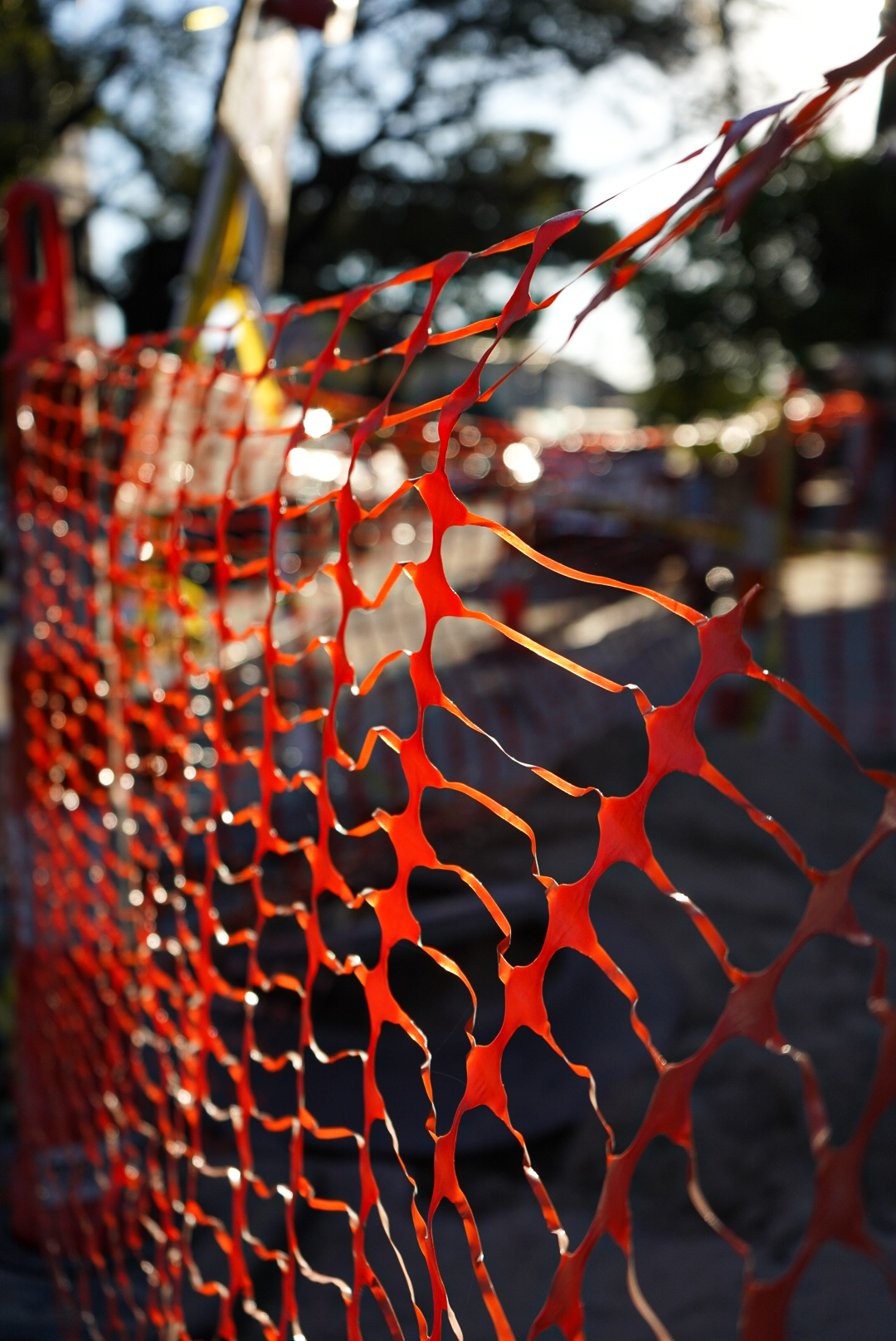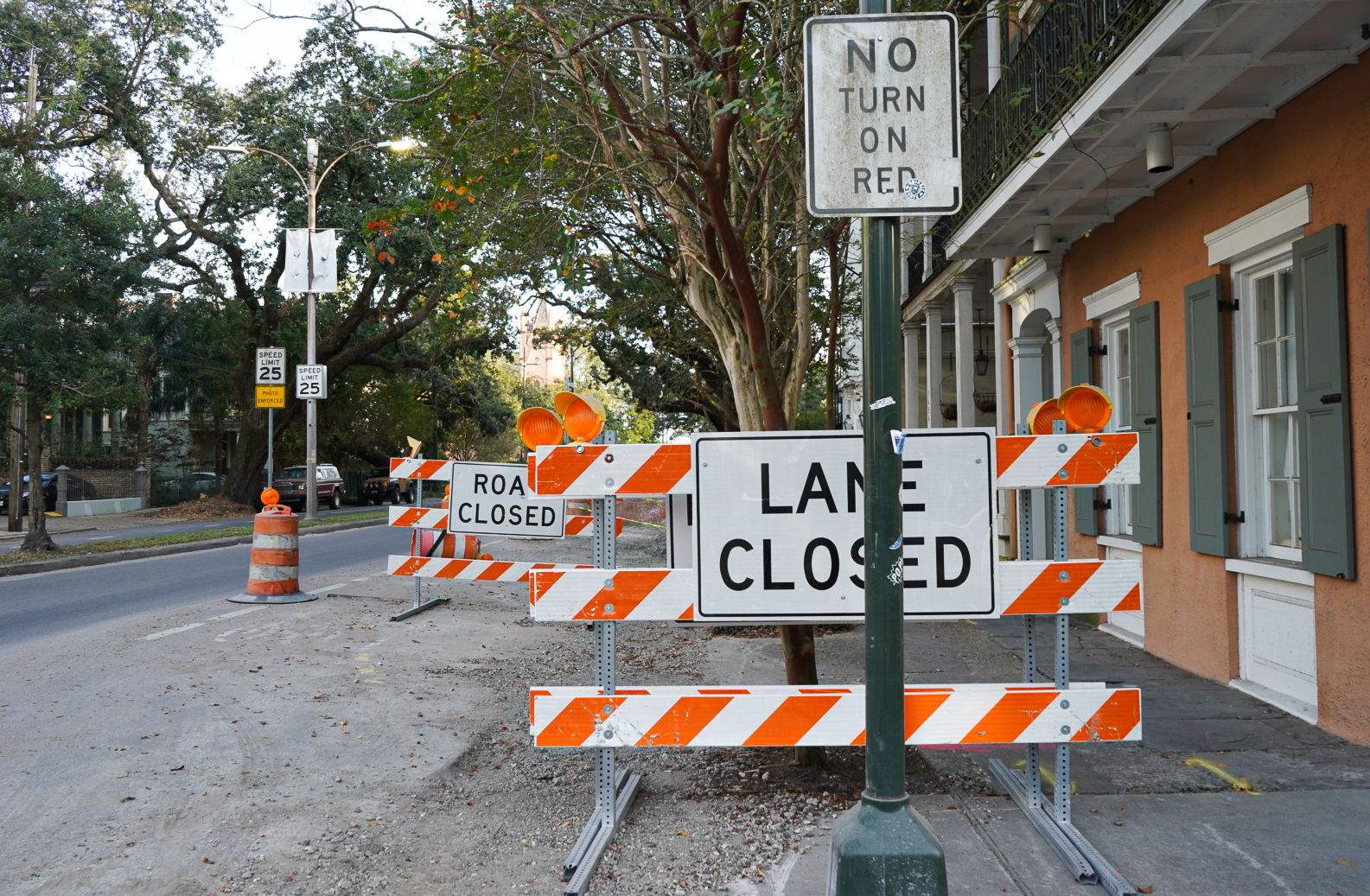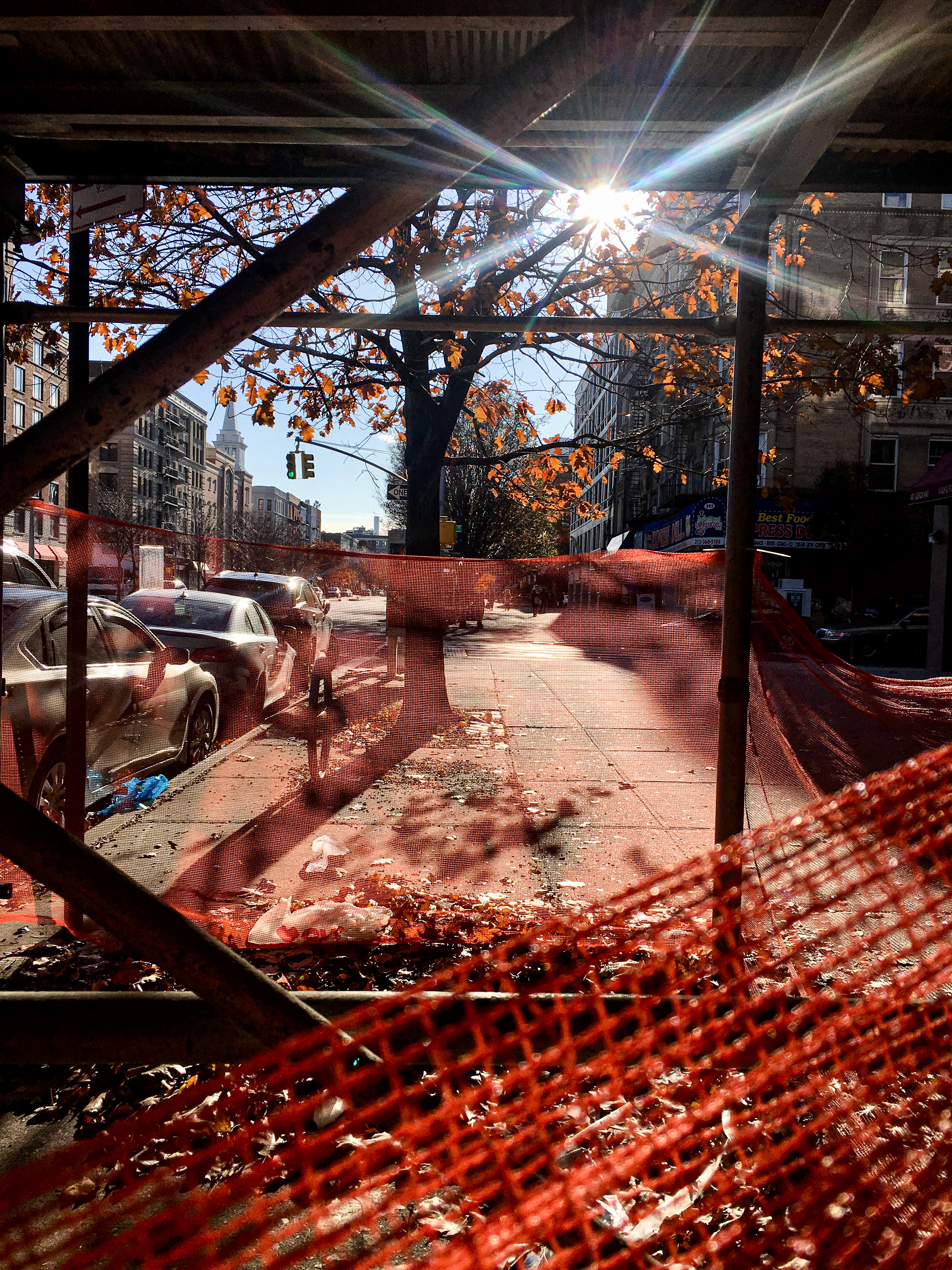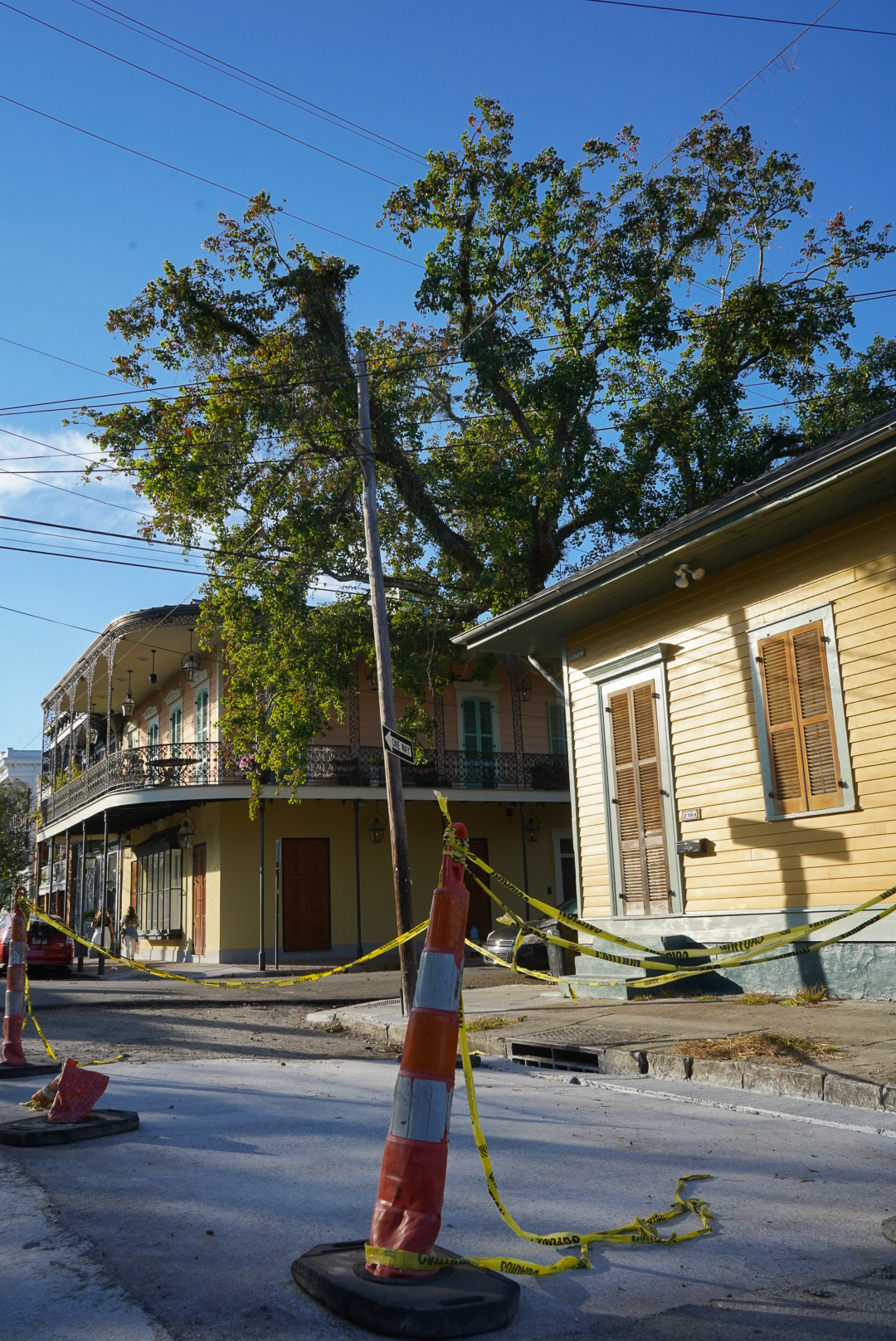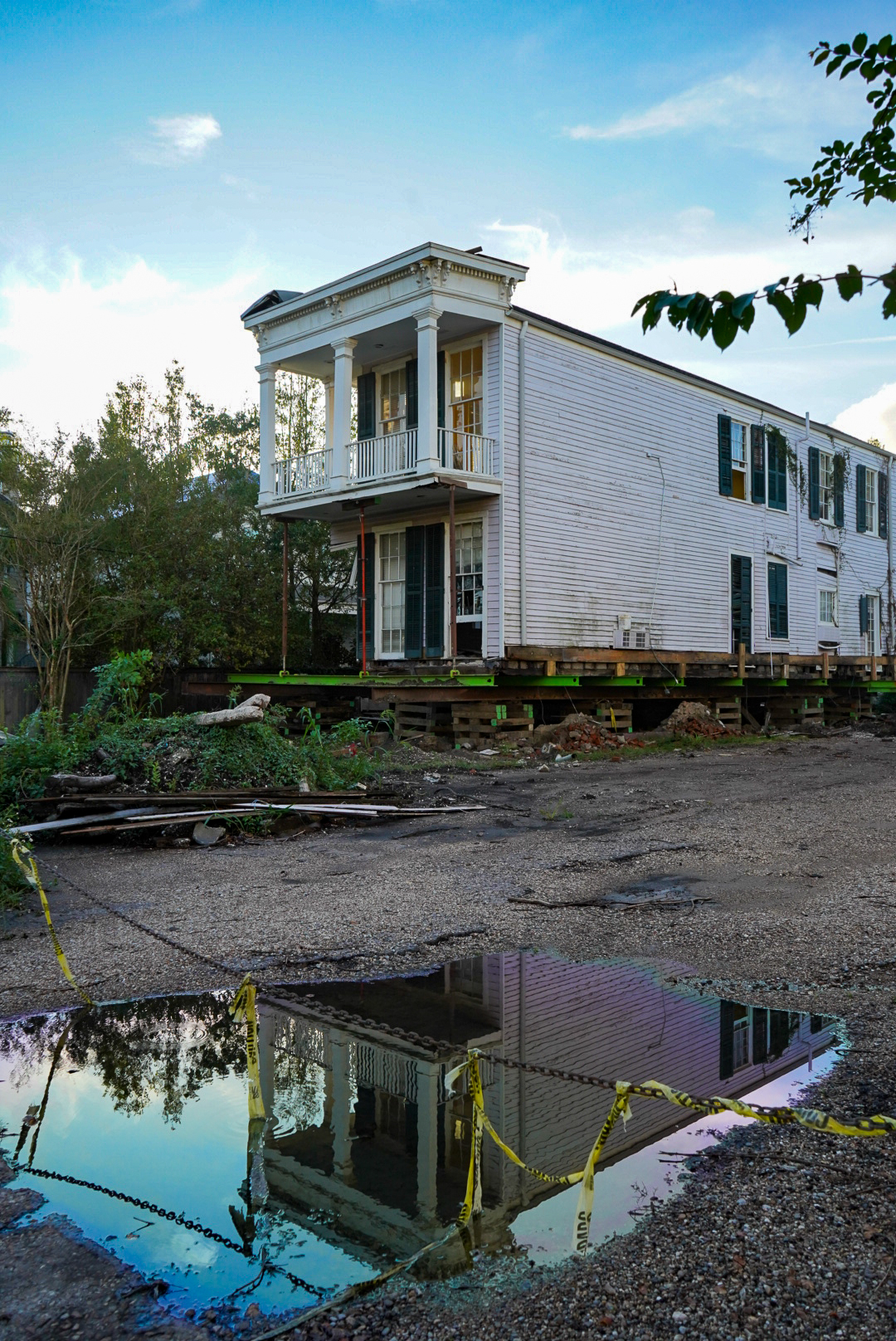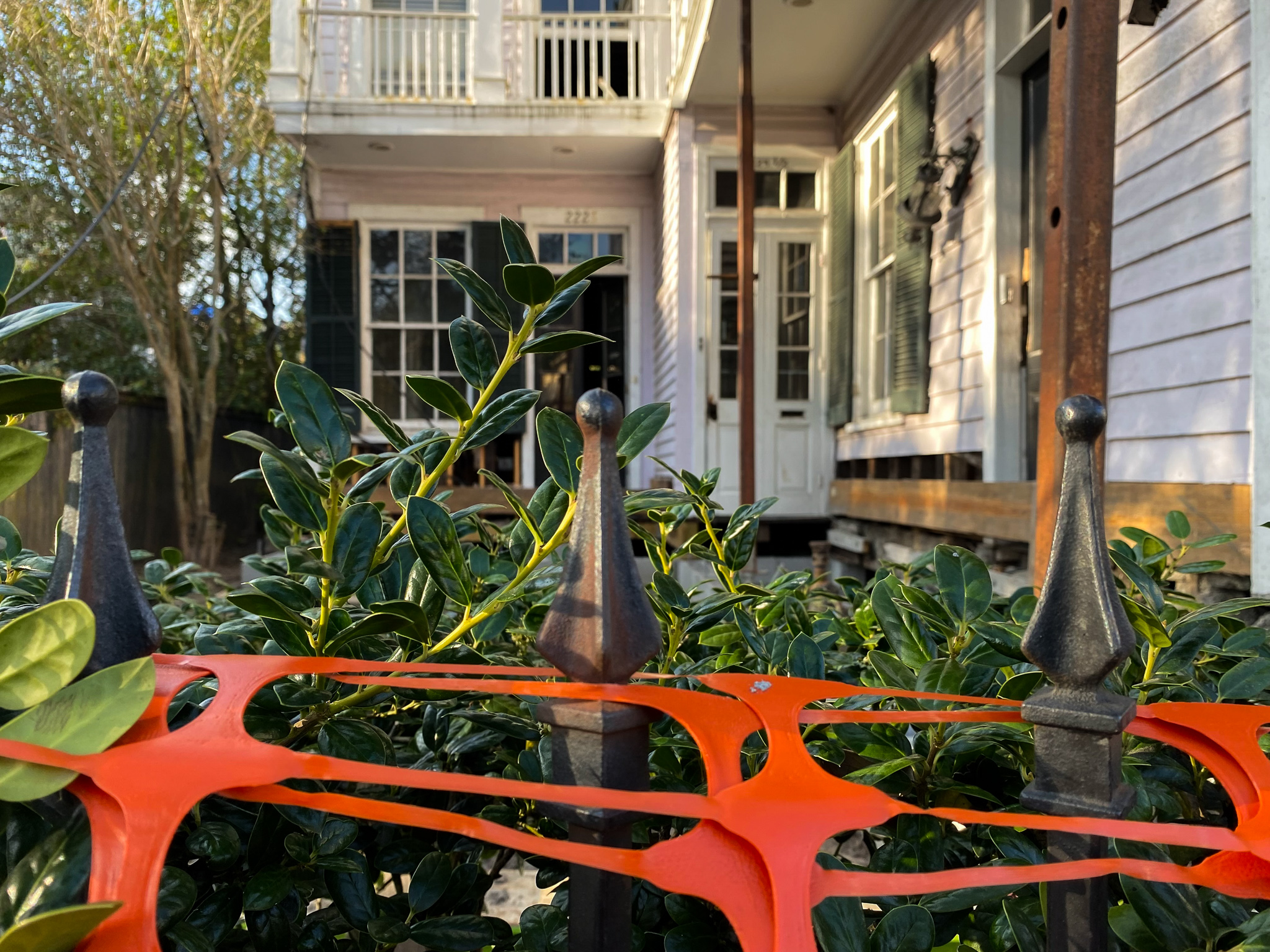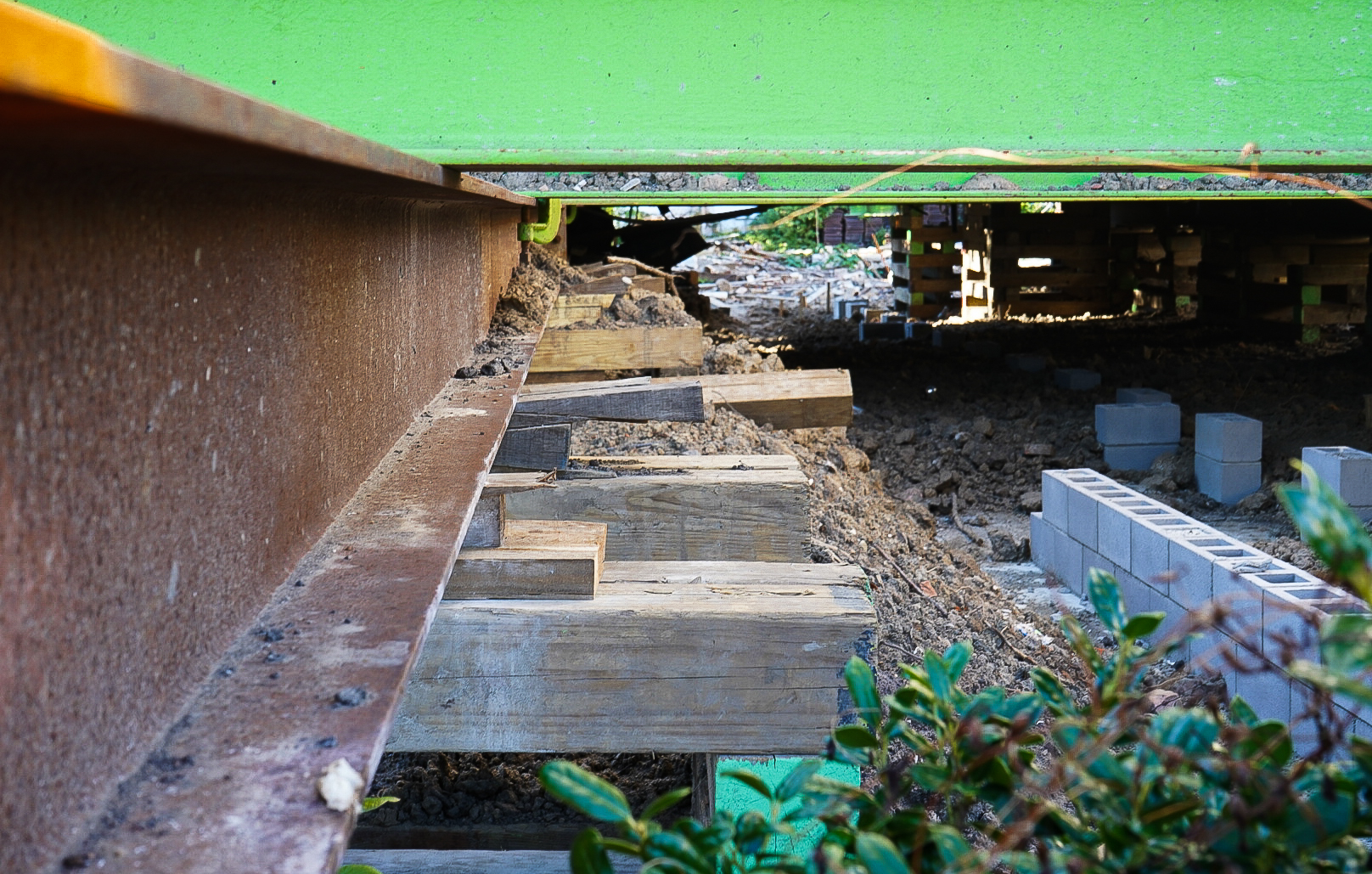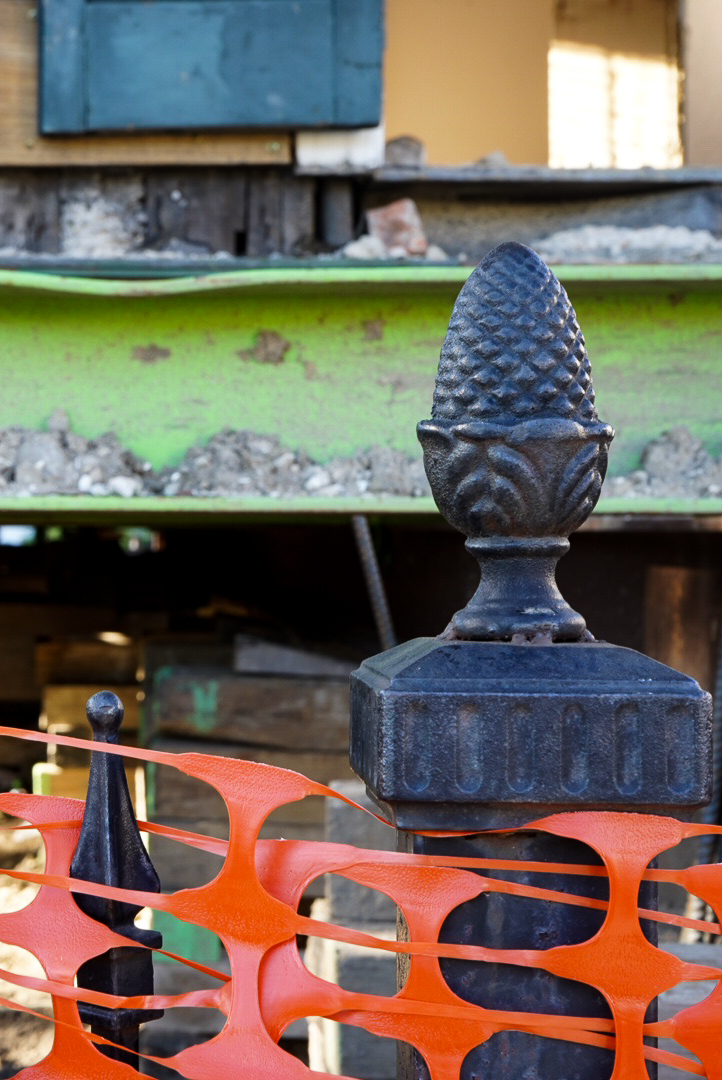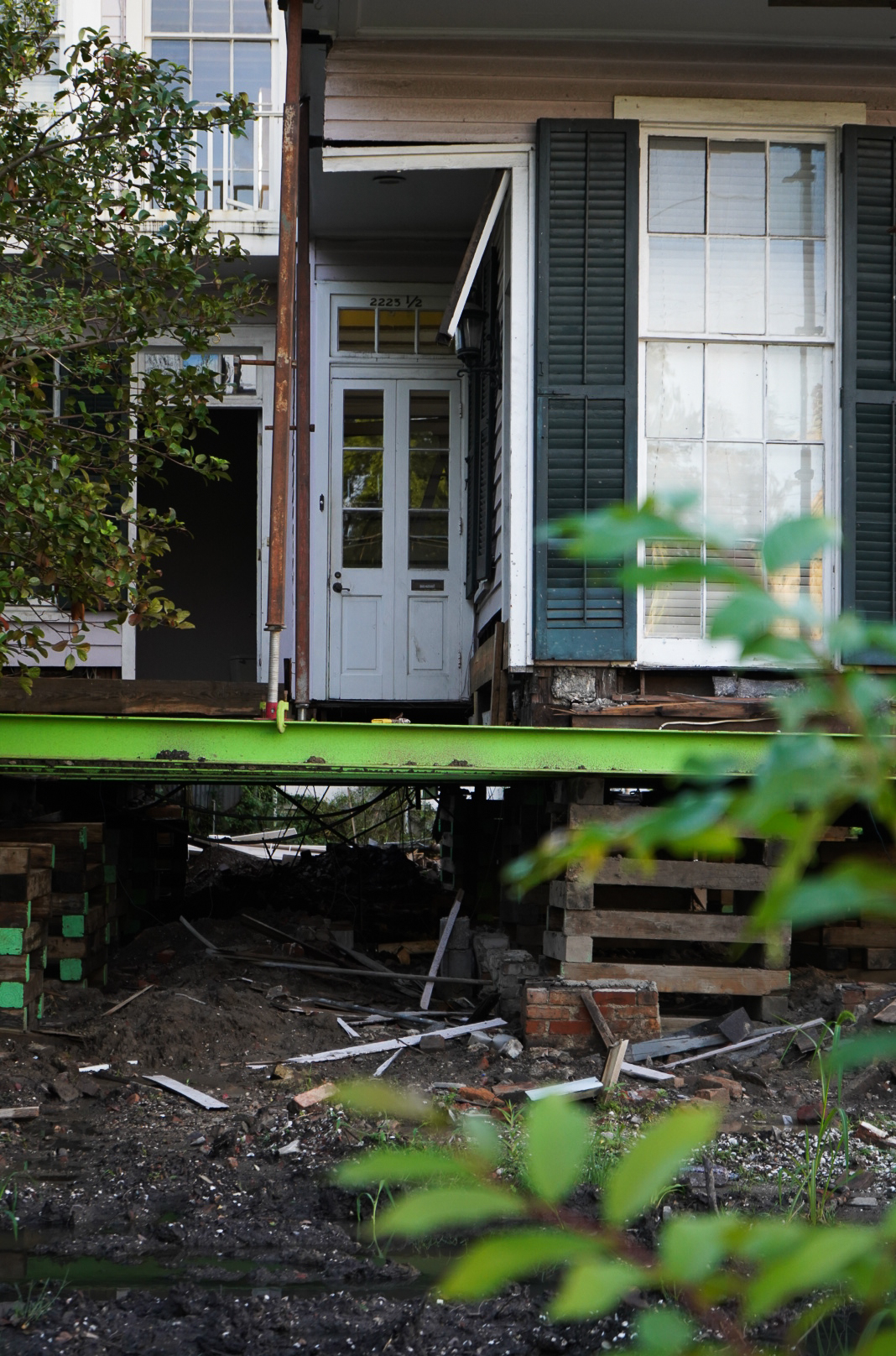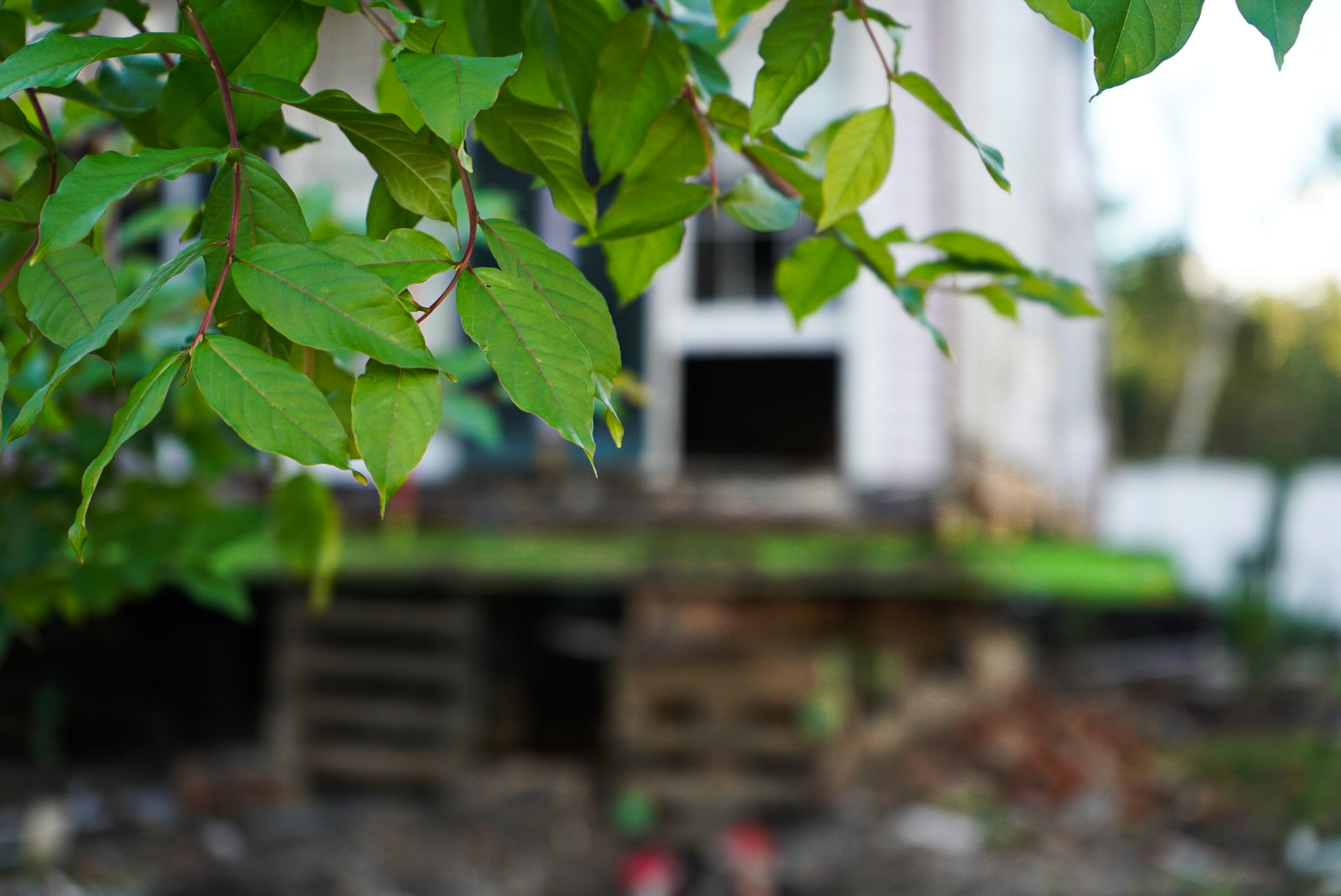/rə ˈnü, or ˈnyü/ (n.)
From late 14 c. ‘reneuen.’ Re-, meaning “again” + Middle English neuen, meaning “make, invent, create, bring forth, produce.” While there are several nuanced definitions for this word, the ones that resonate with these noticings are: Make like new, refurbish; Replenish, replace with a fresh supply; Restore (a living thing) to a vigorous or flourishing state; To increase the life of or replace something old. Synonyms: revive, resume.
I
The poetry of re- is that it works in two distinct ways. It can mean doing something again, such as retell, refill. And it can also mean going backwards, undoing, or going back to a former state, such as recall, retrace, redo.
What if re- involves the self? It means going backwards in order to go forward. Undo and start over again. It sometimes is and sometimes isn’t foundational, but at the least it is repeating the action of building up to a restored, or revived state. Revive: To put life into again.
Neuen. The verb form in Old English for “new” went out of usage over time. Today we use the adjective form. Used a descriptor, we talk about things being in a certain state, or having a particular characteristic. As if a possession, as if external. But I wish the verb form didn’t trail out of use. Plenty of words still use both forms (i.e. clean, still, light, and quiet are examples) I like the idea of “new” being a verb because we inhabit the action of a verb. It expresses full embodiment, a fullness adjectives don’t quite convey. “To new.”
II
Orange as predictor of change
a blanket of perforated sun
Chunks of asphalt
heave and undulate
where roots flex growth
A skeleton frame
awaits reconstruction
where new organs and skin
Orange the intersection
coloring soil
where vibrancy emerges reformed
III
The cityscape is dotted orange with mesh blankets, cones, and barrels. Signs of warning, urgency, and intensity. On the corner where demolition resides, in the space between street corners, the pavement is shaved on one side. The dermis peeled back, bare epidermis exposed. How did it get so wounded? Blocked off by signage, it is saying: Attention is needed here. Healing is needed here. [Re]construction is needed here.
Cones stand small but boldly warn. Barrels appear immovable with sandbags anchoring their protective stance. White and orange diagonal stripes. How they have formed a unique alliance, a blank slate and predictor of change, respectively. They slant right, as in toward, as in forward directional.
Mesh safety nets warn of potholes and attempt to partially conceal. An eyesore and a bother to pedestrians and drivers alike. But then at blue hour, the sun hits at just the right angle and calls them beautiful, burning brightness through thin plastic. The edge of the street blazes with wild blossoming bushes of tangerine and amber aglow, combustible. For what worth is fire but a chemical transition from material to ash? A point from which to start over? From this vantage point, it isn’t so much a sign of injury as it is a predictor of change.
IV
A net fence surrounds the gutted house. Same fabric as the road, but rather than concealing imperfection brings attention to transformation. Rebuilding from the inside out. Renewal has a strong scent of wood chips, fresh paint, and soil, newly unearthed.
The windows wink showing off fresh squares of glass. The doors stand unadorned yet confident in their freedom. Open floors, clean wood, bare walls, new staircases. No furniture, no dishes, no trinkets, no cabinets, no bookshelves, no books, no pantry, no tables, no curtains, no lamps, no souvenirs, no beds, no linens, no shoe racks, no shoes, no clothes, no life. What care will one day fill these empty rooms?
